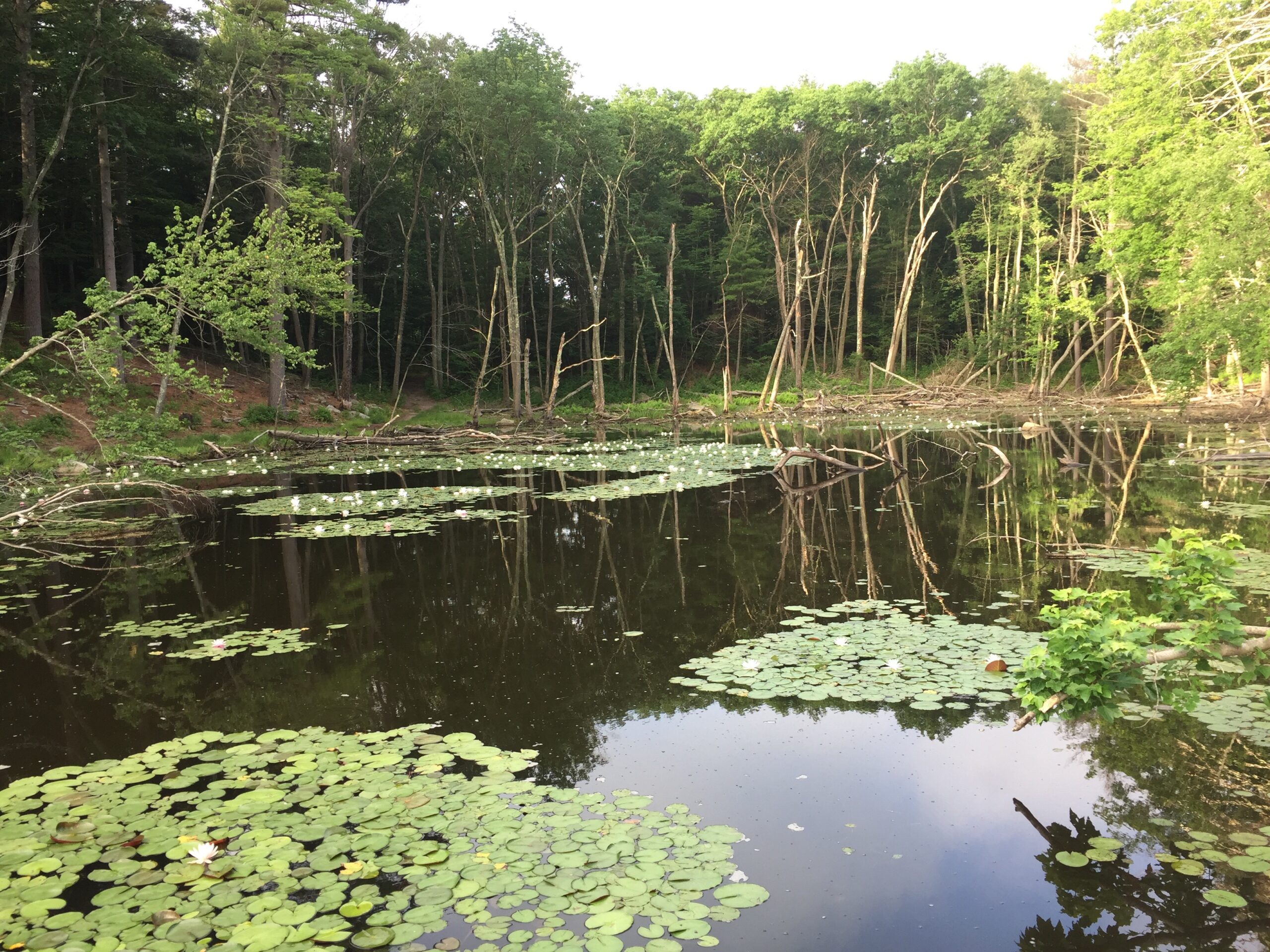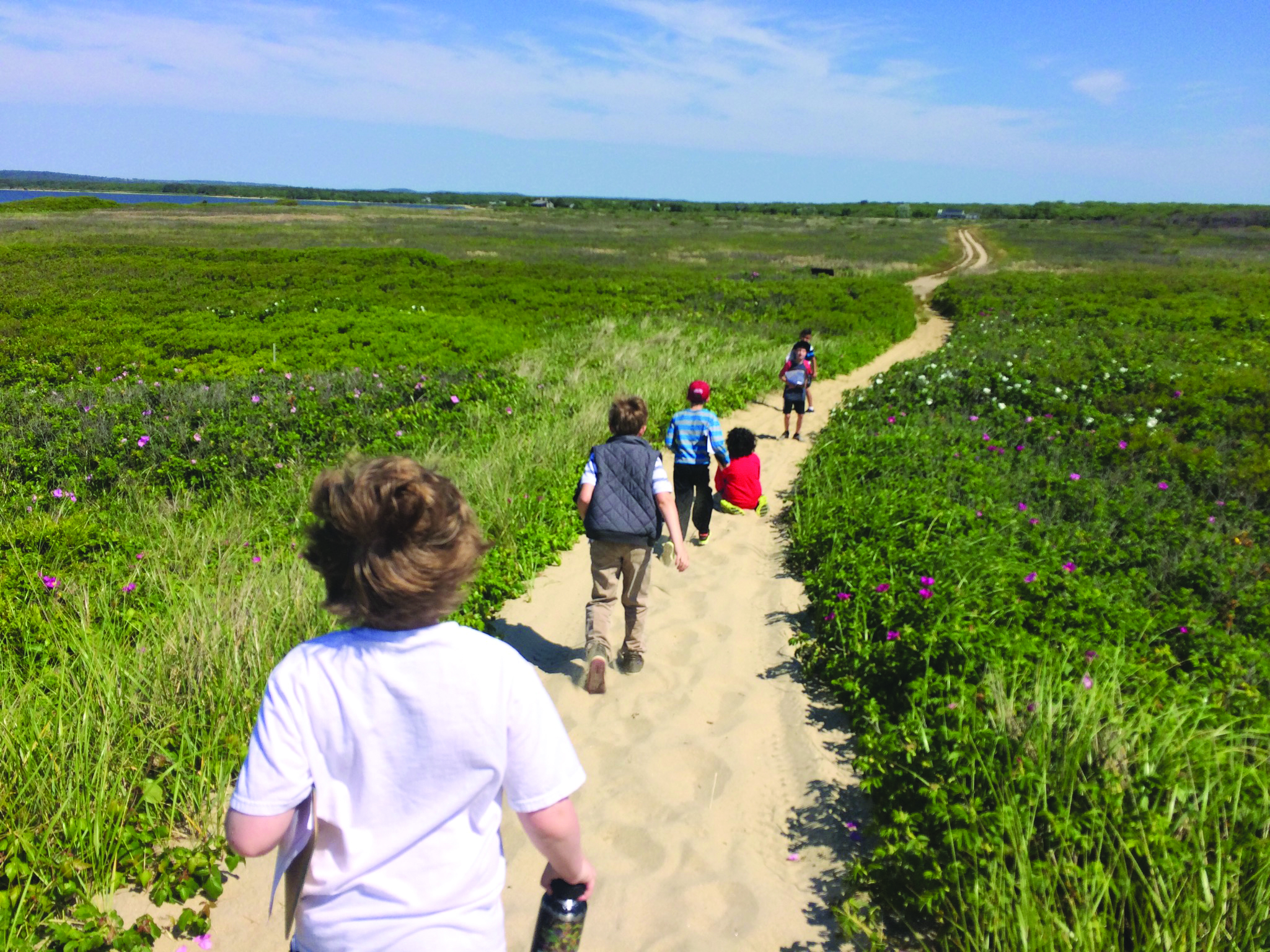Q: Why are parts of the beaches closed to Over Sand Vehicles (OSVs) during shorebird nesting season? A: For decades, The Trustees has managed its beaches both for wildlife preservation and visitor enjoyment. Rare and declining shorebirds – terns, sandpipers, plovers, oystercatchers, and skimmers – have been at the center of this work. Our coastal properties are some of the most stunning examples of barrier beaches in the region and include Crane Beach (Ipswich), Coskata Coatue Wildlife Refuge (Nantucket), and the beaches on Martha’s Vineyard (Cape Poge Wildlife Refuge, and Wasque Reservation). When federally- and state-listed birds have a status of endangered, threatened, or species of special concern and nest on the beach, we follow federal and state closure guidelines that require OSV restrictions when nests are about to hatch and chicks are present, under the federal Endangered Species Act and Massachusetts Endangered Species Act (MESA).
Q: When will the parts of the beaches that are periodically closed for OSV access during shorebird nesting season be reopened to OSVs? A: Affected parts of the beach are reopened when all chicks have fledged and/or birds have moved to other locations. We monitor the shorebirds every day with the goal of allowing OSV access as soon as it’s safe to do so.
Q: Why doesn’t The Trustees tell people exactly where the nests are? A: We share information about sections of beach rather than specific nest locations to protect the birds and nests from curiosity-seekers and acts of vandalism.
Q: What are the guidelines for shorebird protection, and why do you have to follow them if they are only guidelines? A: The Massachusetts Division of Fisheries and Wildlife’s, Guidelines for Managing Recreational Use of Beaches to Protect Piping Plovers, Terns, and Their Habitats in Massachusetts, guide our efforts to protect breeding shorebirds and their habitat. The guidelines specifically call for restriction of pets and OSVs during the breeding season, protection of nests and chicks from human disturbance, and predation by other wildlife, by using fencing and exclosures (wire cages that prevent predators from eating the eggs), selective predator control, and communication between The Trustees and government agencies and other conservation groups.
If we do not follow these guidelines and breeding shorebirds are harmed, The Trustees are accountable and recreational beach access could be jeopardized. These guidelines include the following:
- Putting up restricted area fencing by April 1st around suitable and historic nesting habitat;
- Keeping vehicles and pedestrians 50 yards away from nests where the width of the beach allows;
- Keeping dogs on leash or prohibiting them altogether (even well-behaved dogs pose a threat to nesting shorebirds); and
- Closing beaches to OSV traffic once chicks have hatched and maintaining a distance of 100 yards between OSVs and chicks. Shorebird chicks are mobile shortly after hatching, which makes them vulnerable to vehicle traffic.
Q: Isn’t the population of piping plovers recovering? It feels like more beach is closed than ever before. A: When the piping plover was first listed as threatened in the 1980s, the population was less than 150 pairs in the state. Due to strong conservation efforts, the statewide population now is above 900 pairs in Massachusetts. While recovery efforts in Massachusetts have been successful, the number of chicks hatched per pair of plovers is still relatively low and not enough to ensure a stable population.
In recent years, our beaches are also seeing unprecedented changes due to intensifying storms and sea-level rise. Some of these beaches, in particular Wasque is eroding and narrowing, creating unsafe driving conditions. The lack of safe passage unfortunately results in additional OSV restrictions, a trend that will likely be exacerbated by climate change.
Q: Why aren’t plovers recovering faster if Trustees and others are managing their beaches so closely? A: All shorebirds including Piping plovers face many challenges. Humans like to recreate on and develop the same areas that shorebirds often choose for nesting, and nests are frequently abandoned due to too much disturbance from people and their pets. Climate change also impacts nesting habitat via more powerful and frequent storms that wash over the nests. Beaches where piping plovers have historically nested are getting narrower or are gone altogether. Additionally, crows, skunks, racoons, and rats often hunt and eat the eggs, and their populations have grown because of human influences.
Q: Are there species other than piping plovers that you protect and why? A: In addition to Piping plovers, we protect roseate terns, which are state and federally endangered, and common and least terns, both of which are state listed as species of special concern. These species are protected using the same guidelines that protect Piping plovers. American oystercatchers and Black skimmers nest on Island beaches also, and despite not being endangered or threatened, they are a species that is considered vulnerable, in particular to OSV traffic. While we do not close the beaches for these species, we do divert traffic where necessary, find alternative routes, and put up fencing to protect nets, broods, and habitats as needed.
We also protect rare plants that utilize the same fragile habitats that the shorebirds depend on and are sensitive to crushing. Our beaches are important staging grounds where many species of migratory birds can feed and rest on their way to wintering grounds.
Q: Why can’t you move nests to protected areas so that OSVs can still drive on part of the beach? A: Shorebirds often return to the same nesting sites year after year, often nesting in almost the exact locations that they have nested in previous years. When a nest is lost or moved, they simply renest in the same approximate location. Moving a nest would also be in violation of state and federal statutes.
Q: How is The Trustees balancing protecting shorebirds with beach access? A: Balancing the preservation of some of the state’s most special and ecologically significant places with public access is at the very heart of our mission. During shorebird season, our ecologists, rangers, and shorebird technicians track the number of shorebird pairs, nests, chicks, and their locations, daily. The Trustees erect symbolic fencing, restricting public access in certain areas to protect shorebird nests and habitat. Our goal is to keep as much of the beach accessible to the public for as long as possible without threatening the success of our rare species and their habitat. Intensive daily monitoring makes this possible. When widespread closures become necessary due to an increased number of nests or nests in high-traffic areas, Trustees employees are always hard at work monitoring the broods and reopening OSV access as soon as it is feasible, following state guidelines.
Q: Are there any exceptions to the regulations or provisions that allow access? A: The Trustees applied for a certificate of inclusion under the Habitat Conservation Plan (HCP) for piping plovers, which allows for greater management flexibility for beach access where plovers nest in some cases. In order to participate, we submitted a plan with specific procedures to minimize the chance of harming plovers. Under this plan, once hatching occurs, OSV access is limited to guided tours that can take place during six hours of daylight hours. Additional staff and equipment are needed, and The Trustees must provide staff escorts through areas where chicks are active. However, only two broods can be impacted per season which means there are limited instances where we can implement the HCP program. We will continue to explore and evaluate all opportunities to safely accommodate people with OSV permits during nesting season. Additionally, vehicles that are considered ‘essential’ as defined by the state guidelines, are allowed to traverse restricted areas. Examples include Trustees staff trained in shorebird detection, and emergency/ law enforcement vehicles.
Q: Why can The Trustees’ trucks drive on the beach but people with OSV permits can’t? A: We minimize the number of Trustees vehicles on closed sections of beach, although some vehicles are necessary to monitor shorebirds further away from access points and enforce beach regulations. Vehicles used for wildlife monitoring are considered essential under the state guidelines. We do want to provide as much access as we can and know we can do this in a way that’s safe for the shorebirds via a limited numbers of OSV tours in our vehicles. To ensure the safety of the shorebirds and in line with state guidelines, Trustees tour trucks are escorted by a Trustees’ ranger, who is trained to spot the birds and rides ahead of the tour truck on an ATV not exceeding 5 mph. Meanwhile, a second Trustees shorebird-trained ranger serves as the Brood Monitor, and the Brood Monitor and the Escort remain in constant touch via VHF radio throughout the tour. The Brood Monitor remains with the plover brood and radios updates on chick location regularly to the Chief Ranger or property Stewardship Manager.



